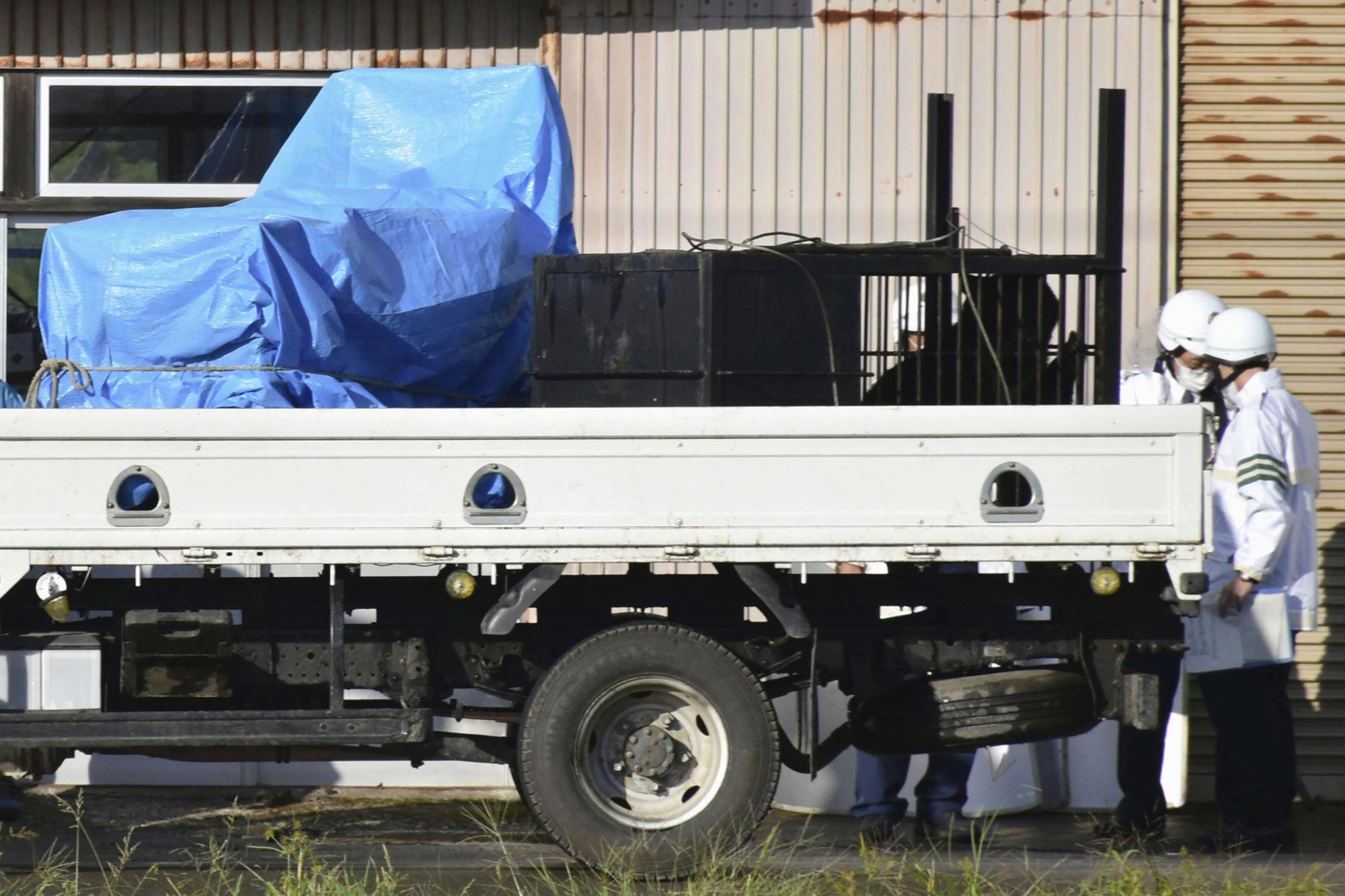Japan faces ‘inevitable’ rise in bear attacks as climate change pushes them into urban areas

Authorities are calling on residents in rural parts of the country, farmers, hikers, fishermen and anyone else in regions that are also home to bears to exercise caution.
They also warn that additional incidents are likely in the coming weeks, given a poor crop of nuts, berries and wild fruit in mountainous areas this year that has been blamed on climate change, and a warm autumn that is delaying bears’ hibernation.
Last month was the hottest September in Japan for at least 125 years
Last month was the hottest September in Japan for at least 125 years
On Tuesday, three hikers in Hokkaido, northern Japan, were attacked by a 1.7-metre (5.6 feet) brown bear as they climbed Mount Daisengen. Two of the men sustained scratches and bites to their legs and torsos before the third man fought the bear off with a hunting knife, the Mainichi newspaper reported.
Earlier in October, six people were injured in a series of attacks on the same day in suburban districts of cities in Akita and Iwate prefectures, in northeast Japan.
In one of the incidents, a bear bit a 13-year-old girl as she waited at a bus stop, and it later also attacked a woman outside a hospital in Kita-Akita city. She was treated for severe blood loss, and broken bones in her leg and chest.
Later the same day in Iwate Prefecture, a man and woman picking mushrooms were attacked by a bear, with the woman later dying from her injuries. A bear also managed to enter a local hospital in the prefecture, causing chaos before it could be captured by local officials.
The Japanese government on Tuesday held an emergency meeting of officials from the ministry of the environment, and the agriculture and forestry ministry in Tokyo. They agreed to immediately dispatch wildlife experts to advise local governments that have reported the greatest number of incidents involving bears.

Kevin Short, a naturalist and professor of cultural anthropology at Tokyo University of Information Studies, said he hoped the experts could tackle the problem with a “big-picture” approach rather than narrow, short-term solutions.
“They need to help these communities to address this as an issue of regional ecosystems rather than applying pinpoint measures,” he told This Week in Asia.
“I’ve just spent two weeks in the Tohoku region of northern Japan, and I never saw a single ripe beech nut,” Short said. “Oaks, chestnuts and beeches do not produce a steady crop of nuts every year, some years it’s more and some years less, but this year it seems to be one of the years when they hardly produce anything at all.
“And that is a major problem for the bears because they rely on these nuts that are full of fat and protein, making them ideal for putting on weight before they go into hibernation.”
Japan bakes as residents warned of once-in-a-decade, life-threatening heat
Japan bakes as residents warned of once-in-a-decade, life-threatening heat
As a result of inadequate food sources, bears are venturing into mountain villages and, increasingly, the suburbs or larger urban areas, bringing them into confrontation with local people.
“These rural communities are really appealing to bears because local people have vegetable plots that bears can plunder, and there are cultivated chestnut and persimmon trees that are also attractive as food sources,” he said. Bears are also very capable of getting into local residents’ rubbish, he added.
Another contributing factor to the bears’ new-found boldness, Short said, is the falling number of hunters in rural parts of Japan, meaning bears no longer associate humans with danger.
A number of communities across Japan have introduced measures to keep bears at bay, with a non-profit group in the Nagano Prefecture town of Karuizawa bringing in a pack of Karelian bear dogs, a Finnish breed used to hunt bears in its homeland. The organisation is not using the dogs to hunt, but to bark aggressively whenever they scent bears close to the town.
In the last 13 years, there have been no bear attacks on local people in Karuizawa.
Residents of the town of Takikawa, in Hokkaido, have invested in a pair of large robotic wolves that use infrared sensors to detect movement. When triggered, the 2m-long “monster wolves” shake their robotic heads aggressively and let out a loud recorded roar.
People need to find ways to coexist with bears and other wild animals, said Dr Mariko Abe of The Nature Conservation Society of Japan.
“Human habitation is spreading further into rural areas, which is the natural environment of these animals, so confrontations are inevitable,” she said. “I do not agree with bears that enter suburban districts being killed, although I know that many places do try to capture them and release them in more remote areas.
“But I think it is going to become harder and harder to keep bears out of the suburbs,” she said. “Ideally, one side or the other would move out entirely and, for me, it’s easy for humans to leave, so perhaps the government could come up with a system to pay people to move away from areas with large bear populations.”



 Play with Welcome Bonus Up to 300%
Play with Welcome Bonus Up to 300%